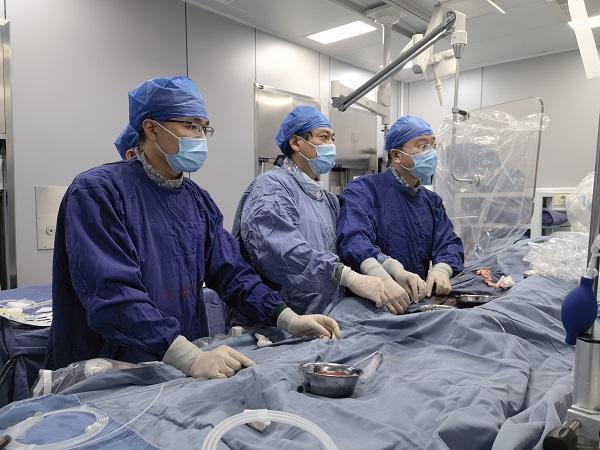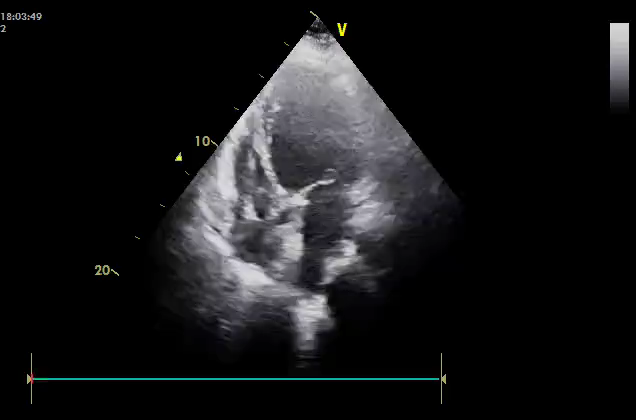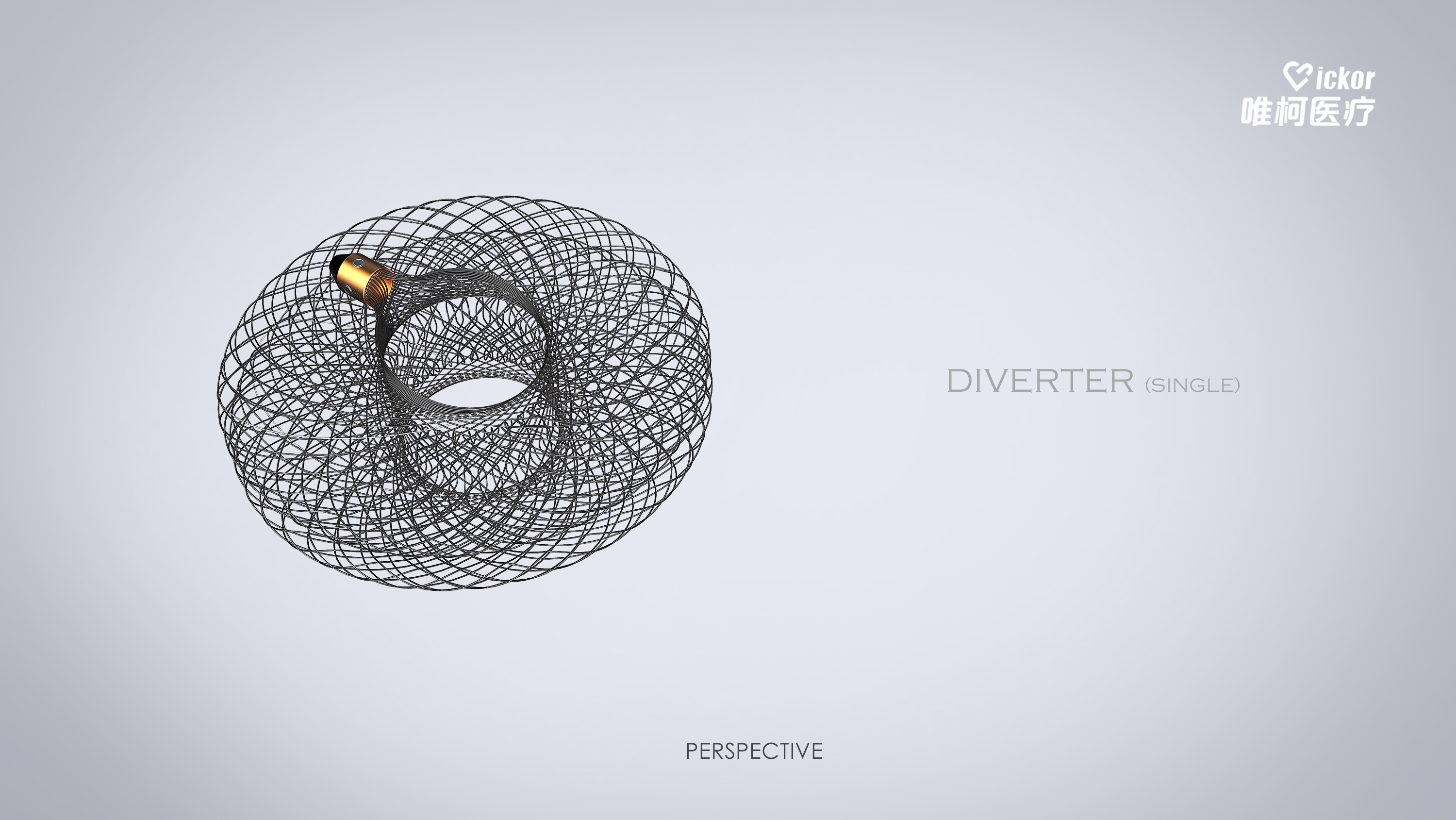Warmly celebrate | Department of Cardiology, Peking University Third Hospital successfully completed the first atrial shunt implantation!
Time:
2022-07-04
On July 4, 2022, the national multi-center registered clinic of "D-shant atrial Shunt" completed the first subject enrollment in Peking University Third Hospital. The team of Prof. Tang Yida, Prof. Chen Baoxia, Prof. Wang Yupeng, Prof. Xu Xinye, Prof. He Liyun, Prof. Chen Shaomin, Prof. Qi Yu and Prof. Duan Juntao in the cardiovascular Department of Peking University Third Hospital used D-shant atrial shunt, a product independently developed by our company, to successfully implement atrial shunt implantation for an elderly patient with recurrent heart failure. The successful operation marks another major breakthrough in the treatment of heart failure.

Figure 1: Interventional team of Cardiovascular Department of Peking University Third Hospital (Tang Yida, Chen Baoxia, Wang Yupeng, Xu Xinye, etc.)
Basic information of the patient:
Patient is 78 years old, female. Chief complaint: intermittent palpitation for more than 40 years, dyspnea after activity for more than 6 years, aggravated 10 hours to hospital, more than 6 years ago, the patient felt dyspnea after activity, but could climb two floors, tolerate general daily activities, and be able to take care of themselves in daily life, intermittent mild edema of lower limbs, oral diuretic symptoms can be improved. During the period, the patient suffered from recurrent symptoms and was hospitalized several times. ICD implantation was performed for ventricular tachycardia and radiofrequency ablation was performed for ventricular early-ventricular tachycardia. After discharge, the patient regularly took metoprolol succinate sustained release tablets, spironolactone tablets, and sakubactrivalsartan. In the past six months, the patient was repeatedly hospitalized for three times due to aggravation of dyspnea. 10 hours ago (around 12:00 on 2022-6-25), the patient had no obvious inducement to develop dyspnea again, could not be lying flat, accompanied by lower limb edema, and the outpatient echocardiography indicated that the left heart ejection fraction was 35%. Preliminary diagnosis: acute exacerbation of chronic heart failure, myocardial insufficiency, arrhythmia-ventricular premature beat, coronary atherosclerosis, after radiofrequency ablation, ICD, DDD implantation. After several evaluations and discussions, the team of cardiologists decided to use D-shant for atrial shunt implantation.
Intraoperative procedures:
The appropriate size of the atrial shunt was determined, and after 6mm high-pressure balloon was selected for dilation, the 6mm shunt was sent to both sides of the atrial septum for release. Push-pull test shunt fixed stable, good position, fluoroscopic aperture in line with the expected target, left to right shunt is small, bedside ultrasound can be seen shunt clamps on both sides of the atrial septum. The expected effect was achieved, the shunt was released, and the patient's symptoms improved immediately after surgery. The patient was in good condition and the operation was successful. Electrocardiogram showed that strong shunt echo could be seen in the atrial septum, and the atrium could be immediately shunt from left to right.

Figure 2: Surgical procedure

Figure 3: Status of atrial shunt implantation

Figure 4: Atrial shunt
Atrial shunt is to create a stable and controllable left-to-right shunt through instrument implantation. By limiting the diameter of the atrial septal stomy, it can effectively reduce the pressure of the patient's left atrium, relieve pulmonary congestion and dyspnea, while not significantly increasing the burden on the right heart, reducing cardiac displacement, and causing abnormal embolism.
The main indication of atrial shunt is NYHA/WHO FC III patients with chronic heart failure with hemodynamic disorders. By transforming decompensated left ventricular volume overload into compensatory, atrial shunt has significant near-term and medium-term effects in improving activity tolerance, cardiac function classification and quality of life of patients, especially in patients with refractory heart failure who are repeatedly hospitalized. With the continuous expansion of clinical research, the interventional treatment of heart failure represented by atrial shunt will also enter a new stage of rapid promotion.


